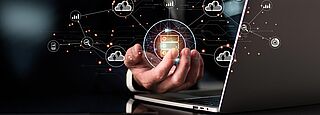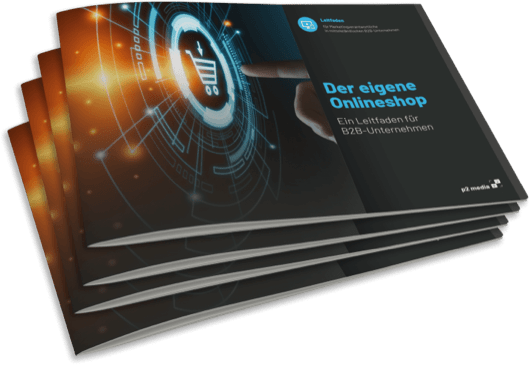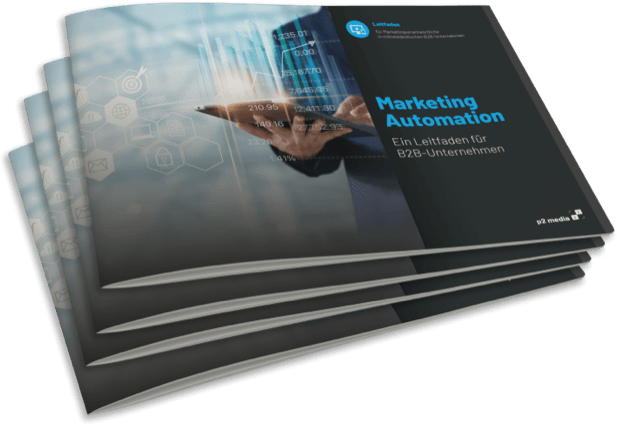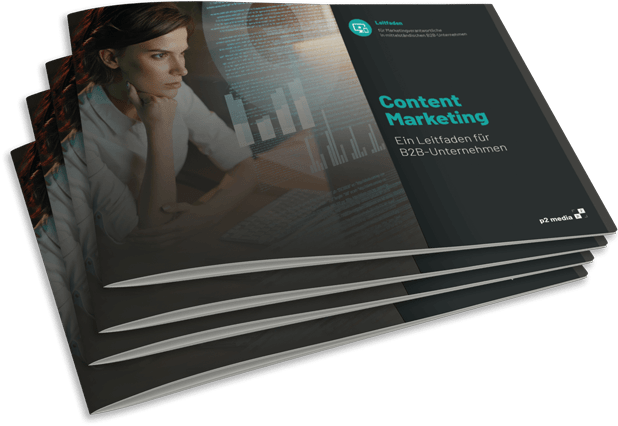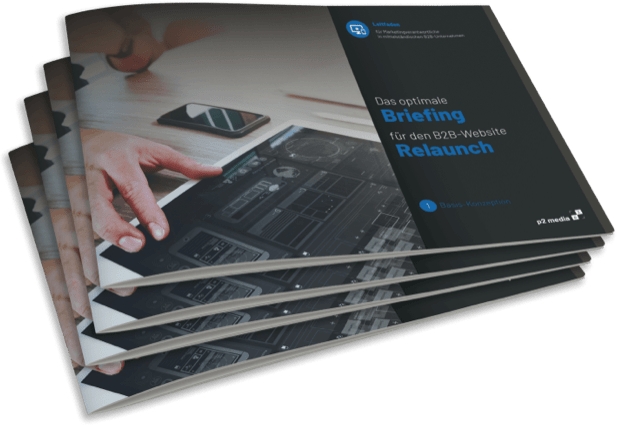TYPO3 Headless: A flexible approach to web application development
TYPO3 is an open source content management system (CMS) that allows users to create and manage content for websites and applications. With the introduction of TYPO3 Headless, a new approach to using the CMS, users can now work even more flexibly and use content in different ways.
The Headless approach in combination with TYPO3 and other backend systems makes sense as it gives users more flexibility and allows them to use content in different contexts. In the traditional approach, TYPO3 is an all-in-one solution that manages both frontend and backend. However, in the headless approach, the frontend and backend are separated, meaning that TYPO3 is only used to create and manage content, while the presentation and interaction with that content is done through a separate frontend application.
This approach offers many advantages, especially for users who use different devices and platforms or want to use content in different contexts.
Below is a table that summarizes the advantages of the headless approach:
Advantages of the Headless CMS:
| Design flexibility | By separating back-end and front-end systems, designers and developers are free to decide how the website should look. |
| Shortened development time | By developing back-end and front-end systems in parallel, development time can be reduced. |
| Better scalability | The headless approach allows the same content to be used on different platforms, which improves the scalability of the website. |
| Integration with other systems | TYPO3 Headless can be seamlessly integrated with other backend systems such as Salesforce or HubSpot. |
| Better user experience | By using a separate front-end application, users can enjoy a better user experience as the design is tailored specifically to their needs. |
| Future-proof | Because the headless approach allows for a clear separation of back-end and front-end systems, the website can be more easily adapted to future technologies and trends. |
A practical example
Over time, different software solutions have been used in your organization for equally different requirements. What was good yesterday is not necessarily bad today. However, established processes are often no longer questioned and optimization potential is thus left unused. As a result, processes do not become simpler, but more and more complex, and the overview is lost. This also applies, for example, to your appointment management, which you map internally in a Customer Relation Management (CRM) and do well with, even if your system is already a bit outdated. Unfortunately, the CRM does not have a modern web interface.
Such an interface was programmed especially for your own website, and a tool for scheduling appointments uses it. In addition, you operate a special microsite in a separate content management system (CMS) and also use appointment booking here. A special connection was also implemented for the microsite. Selected persons are exported from your CRM via the developed interface and read in again by the CMS. The exchange takes place via a simple text file in the backend. The same applies to existing appointments. Now visitors can book appointments with your employees. Unfortunately, your CRM does not have its own web interface. Therefore, your CMS generates an e-mail, which arrives at your service desk. Here, the mail is automatically read in and transferred to the CRM through complex scripting. This often results in errors, which in turn have to be corrected manually and lead to an increased need for communication. This can result in considerable costs over the years.
In our example, headless works as follows:
A new API (programming interface) forms the central control element of all components. The systems previously placed in series (CRM, CMS, microsite, mail interface) are regarded as data hubs, thus becoming pure content suppliers and requiring little or no business logic.
The content of the microsite is transferred to the main CMS. Maintenance of the content and the system are obsolete. The main CMS also "loses" the appointment scheduling and the obsolete data import.
The face of the website, the frontend, is also no longer needed. This is because the CMS as well as the CRM deliver their data without any additional information on layout and design directly to the new API, which combines the content with various output formats - the frontend: It is only here that the new
- website,
- microsite,
- appointment booking,
- and smartphone app.
Your appointment booking is now versatile. It can still be integrated as a tool on the website or microsite, but it can also run independently as an app. The database is unified and always comes from one source, driven by a powerful interface.
This API is also bidirectional, which means it communicates in two directions. Because your visitors can book appointments, which now automatically run into your CRM. Error-prone mail scripting is a thing of the past, as are incorrectly recorded appointments and their need for communication. Ultimately, you benefit not only from time savings, because the entire software architecture is also fit for the future, clearer and easier to maintain.
CONCLUSIONS:
Headless is not THE solution for every customer, but CAN be a solution. The decisive factor is the process and data analysis in the run-up to a project.
In summary, the Headless approach for TYPO3 offers many advantages for creating a flexible, scalable and user-friendly website. The separation of back-end and front-end systems allows for greater design flexibility and reduced development time, while integrating with other systems and future-proofing the site. So, if companies want to create a website that works across multiple platforms and offers a unique user experience, choosing a headless TYPO3 can be an excellent choice to use it to make business processes modern and reliable.
We are happy to support you in making your online presence competitive and future-oriented:
- How does your website compare to your strongest competitors? We would be happy to conduct a free TYPO3 upgrade check for you and define a success-oriented target alignment together with you.
- In this context, we will advise you with our extensive know-how on the topics of user experience and user guidance on your website and help you to deliver an optimal experience to your customers.
- Our experienced web developers will be happy to implement your individual wishes - be it the development of extensions, responsive websites, apps orinterface connections.
- Need a new website? No problem. Together we will find the right content management system for you and start from scratch.
- Our support team is always available for technical and editorial support as well as regular training.
For a successful and comprehensive online strategy, we are also happy to advise you on the following topics:
Oliver Parrizas will be happy to answer any questions you may have on the subject. +49-800-911-91-91



